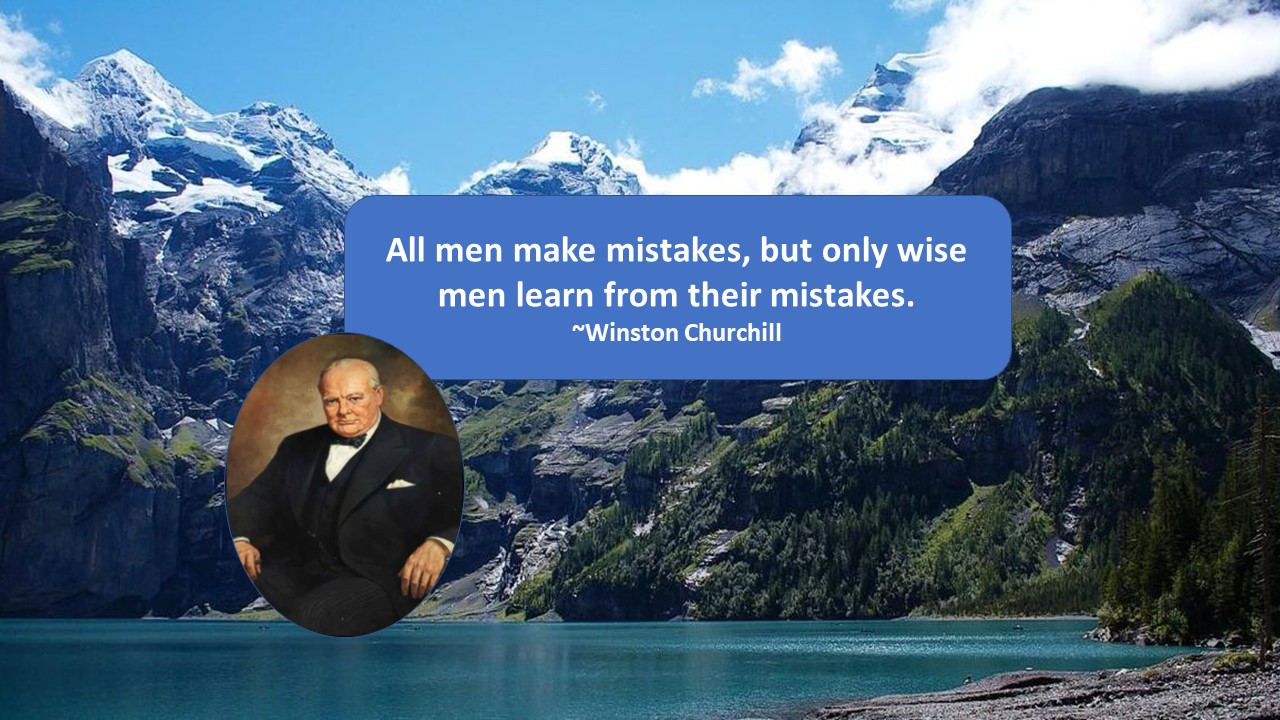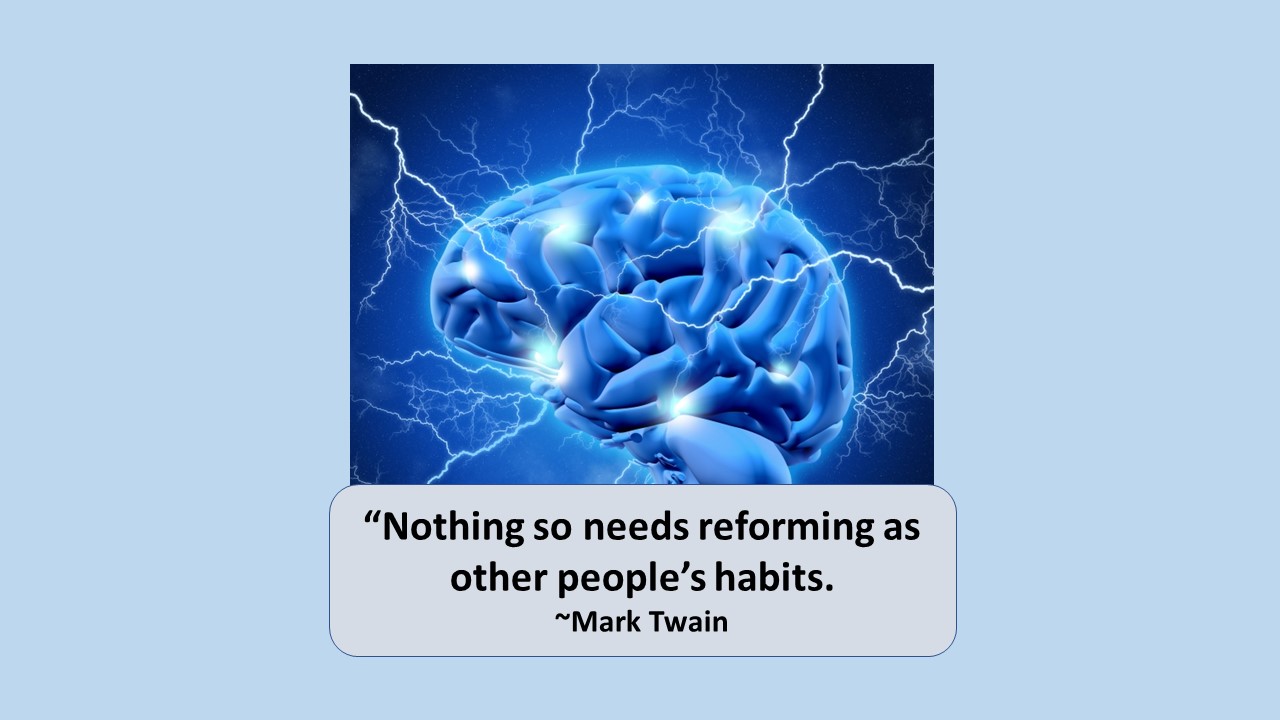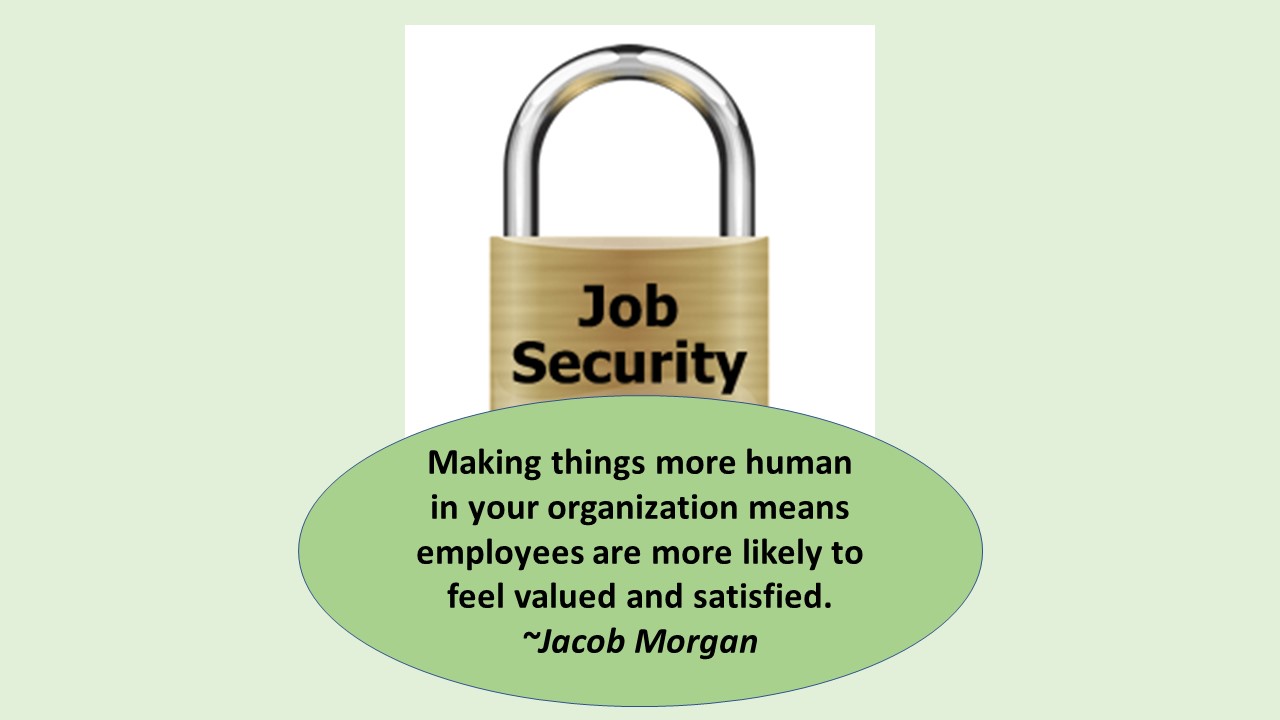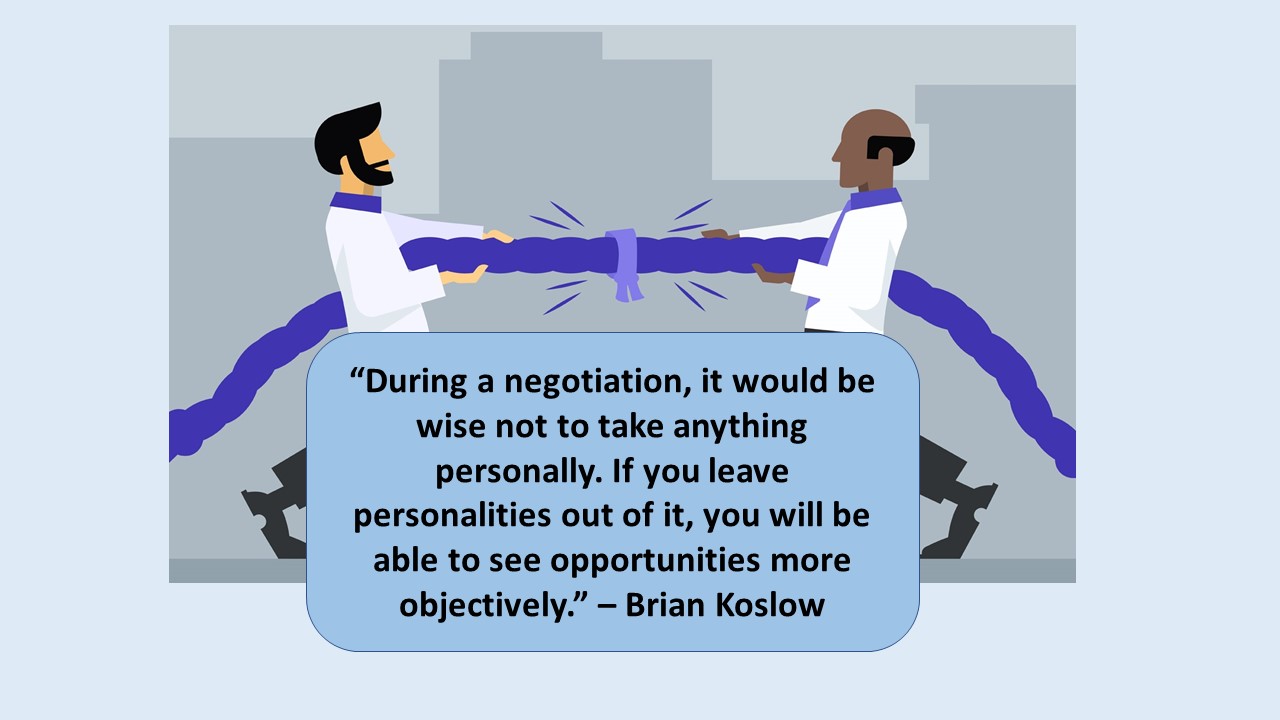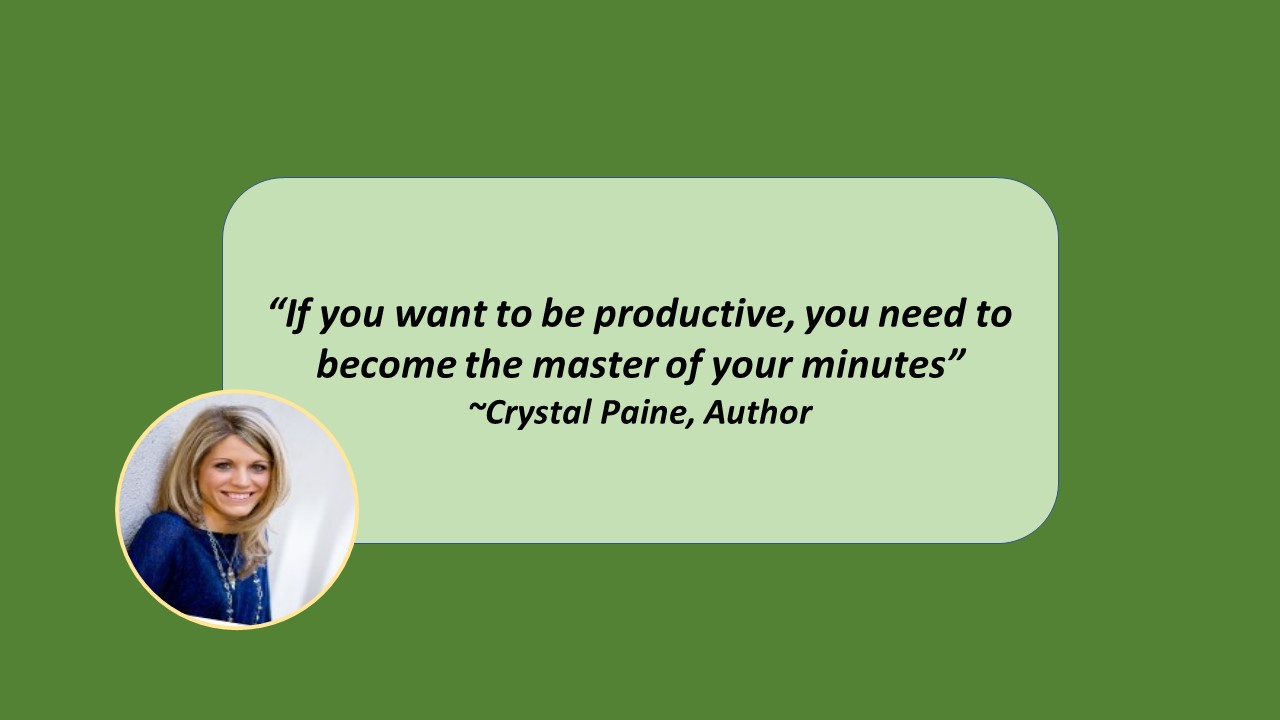By Thomas Davis, CRNA, MAE, Lt. Col (ret)
Follow @procrnatom on twitter
Today’s hip leaders require instant access to information and real-time communication with the team members and chain of command. Churning the high-tech world to move even faster, young workers have thrown the communication books from the shelves while no one on the team has even heard of mimeographed memos. Quick-learning youth may have the advantage over older workers who have survived the techno transition, but workers of every generation have come to rely on technology and the advantages that it offers.
Tech is the way we conduct our business and live our lives; to do otherwise denies reality. You cannot survive as a leader without google and email; however, g and e are not enough to propel you and your team to all-star status. Creative software developers have fashioned hundreds of app-based programs to support management, enhance communication and promote collaborative teamwork. You can shine a light on your leadership and your team by using mobile device-based applications to conduct daily business. The learning curve is short and the return on investment is high.
Communication
Email and texting offer real-time exchange of information and are ingrained into our interactions with one another. Using email and texting as communication tools enables geographic freedom, removing the requirement to assemble a group to receive announcements. You can streamline the process of group communication by using apps specifically designed to organize user groups, instantly delivering messages to the right people in an encrypted format that ensures privacy and meets HIPAA standards.
The TigerConnect app is a cloud-based clinical communication and collaboration tool…that is HIPPA compliant. Enabling real time messaging among members of user groups, the app is expressly designed to be used in healthcare settings. The developer claims that the use of TigerConnect leads to shorter hospital stays, increased patient satisfaction, reduced readmission rates and improved team collaboration. You be the judge.
Whatsapp allows you to form user groups and share messages, documents and videos and to conduct group chats all in a format that bypasses SMS fees. Using this app, you can connect with up to 256 people at once.
Efficiency
Day to day management of your team involves more than sending messages to disseminate information, and savvy leaders use technology to grease the process of dealing with daily chores. Fortunately, cyber space has an abundance of programs to help you organize, remember and track vital information.
Google drive is available to every computer user with a google account. You can store documents on google drive and make them available to your team. By posting policies, procedures and work schedules on google drive, your team will have 24/7 access to anything you wish to share with them.
Inventory tracker is a handy app for those who have the job of ordering supplies and maintaining inventory levels. You may be the one putting in the supply order or you may have delegated the task to a team member, either way, treat yourself and your team by using this app.
2do is a task organizer designed for mobile devices. Just like the rest of us, you may still forget some task that “made the list.” The 2do app is a safety net that allows you to use your phone to create a list of tasks, indicate the day that they are to be completed and set up reminders.
Clear todos is also a task organizer. This app permits the creation of separate categories with each list having its own set of tasks. Reminders can also be programmed on this app to jog your memory.
Team identity
Team identity provides your group with a sense of belonging to something important and a feeling of inclusion. The internet provides a platform to unite your crew and a worldwide stage to showcase the talented people that you supervise.
Team websites are common, inexpensive and easy to create yourself. Companies abound offering URLs, platforms and tutoring that enable people with basic computer skills to design and launch a website in one evening. Click here for a link to a list of the top 10 website programs.
Youtube videos are another way to display your team in a positive way. After opening an account with youtube, you will be able to submit video clips and then post the link on your team web site. Instantly, members of your team have a visible presence in cyber-space and a platform to share their experiences with the public.
Our spinning, techno world offers possibilities that were not even imagined several decades ago. Capitalize on the opportunities offered at this digital smorgasbord by selecting the apps that best serve the needs of team members. Go all-in by implementing the technology that is expected by all of your workers, the young and the not-so-young, because no one is looking back.
If you’re feeling overwhelmed at figuring out how to meet the expectations of both your team and your employer, it’s useful to work with a leadership coach who has experienced challenges similar to yours. Feel free to contact me today to learn about the specifics of techniques to for developing a preferred workplace. Email me at tom@prosynex.com or click here to book your free introductory meeting.
Thomas Davis is a noted leader, educator, speaker and clinical anesthetist.

